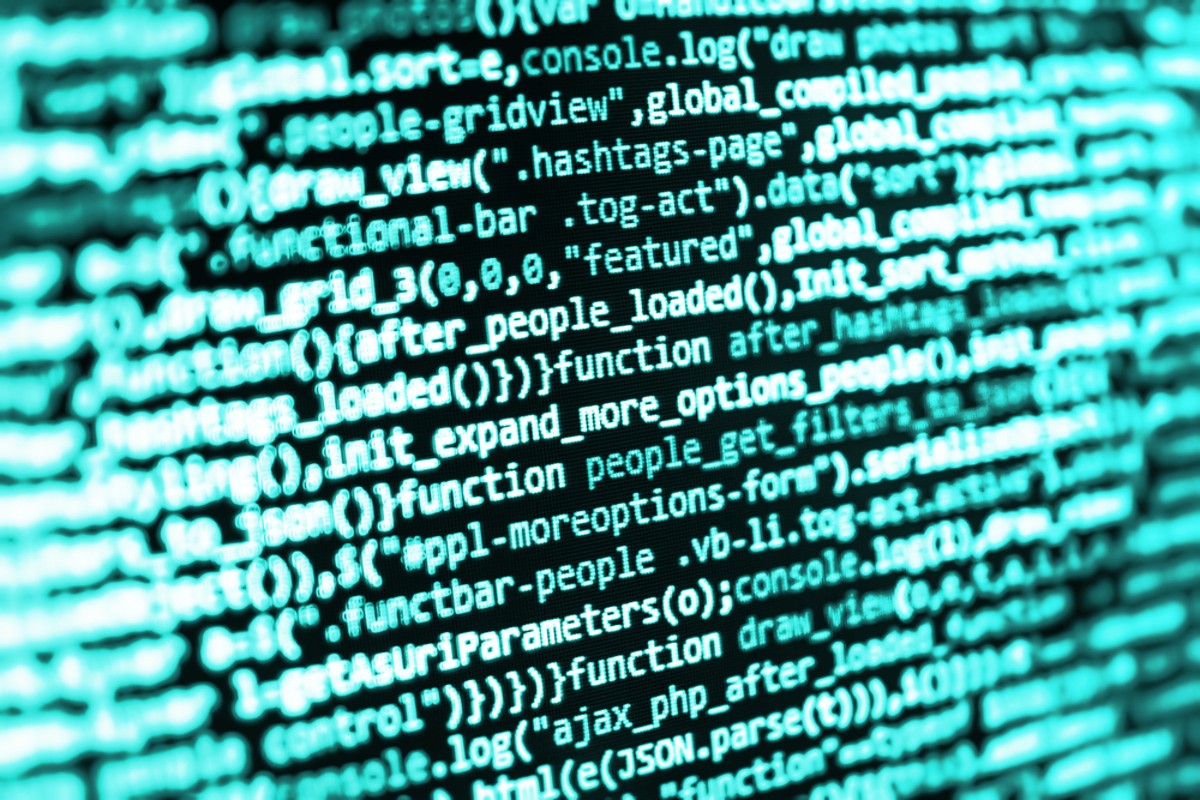The cryptic code “ahr0chm6ly9wcm9ka2v5cy5uzxqvexv6ds1wcm9klwtlexmv” appears to be a complex message shrouded in secrecy. But fear not, cryptography, the art of creating and deciphering codes, can help us unlock its hidden meaning.
The Art of Cryptic Codes
Cryptic codes have a long and fascinating history. From the ancient Egyptians using hieroglyphs to Julius Caesar’s famous shift cipher, civilizations have devised methods to keep messages confidential. These codes evolved alongside technology, with modern cryptography utilizing complex algorithms and encryption techniques.
Analyzing cryptic patterns is a key skill for code-breakers. They look for repetitive structures, unusual letter combinations, and historical references that might provide clues about the encryption method used. The complexity of these codes can vary greatly, from simple substitution ciphers to intricate algorithms requiring specialized software to crack.
The Mystery of “ahr0chm6ly9wcm9ka2v5cy5uzxqvexv6ds1wcm9klwtlexmv”
Our code, “ahr0chm6ly9wcm9ka2v5cy5uzxqvexv6ds1wcm9klwtlexmv,” presents a captivating mystery. The presence of numbers and lowercase letters suggests a substitution cipher, where letters are replaced with other characters. However, the seemingly random combination of letters and numbers makes it difficult to decipher without additional information.
One theory suggests the code might use a combination of character substitution and a Caesar shift, where each letter is shifted a specific number of positions in the alphabet. Another possibility involves Base64 encoding, a common method for converting binary data into printable characters.
Understanding the concept of burstiness can also be helpful. Messages in natural languages tend to have bursts of frequently used letters and patterns. Analyzing the code for such bursts might reveal clues about the underlying language and potentially the encryption method.
Code-breakers employ various techniques to crack cryptic codes. Frequency analysis looks for the most common characters, which might correspond to vowels or frequently used letters in the target language. Pattern recognition helps identify repeated sequences that could be keywords or punctuation marks. Advanced techniques involve statistical analysis and computer programs that can test millions of decryption possibilities.
The process of deciphering a code can be quite captivating. As code-breakers make progress, the message starts to take shape, and the hidden meaning begins to emerge. This intellectual challenge and the thrill of uncovering a secret message make cryptography a fascinating field.
Cybersecurity Measures
In today’s digital world, cryptography plays a crucial role in data security. Sensitive information like passwords, financial data, and confidential communications need protection from unauthorized access. Encryption scrambles data using a key, making it unreadable without the proper decryption key. Decryption involves reversing the encryption process, transforming the scrambled data back into its original form.
Ensuring strong passwords is another critical security measure. Complex passwords with a mix of uppercase and lowercase letters, numbers, and symbols are much harder to crack than simple passwords. Multi-factor authentication, which requires additional verification steps beyond just a password, provides an extra layer of security.
Encryption methods come in various forms. Symmetric encryption uses a single key for both encryption and decryption, while asymmetric encryption uses a public-key/private-key pair. Public-key encryption allows anyone to encrypt messages with the public key, but only the holder of the private key can decrypt them.
Conclusion
The cryptic code “ahr0chm6ly9wcm9ka2v5cy5uzxqvexv6ds1wcm9klwtlexmv” serves as a reminder of the importance of cryptography in our digital age. By understanding the art of code-breaking and employing robust cybersecurity measures, we can protect our sensitive information and ensure its confidentiality. As technology continues to evolve, so too will the methods of creating and deciphering cryptic codes, keeping the battle between codemakers and codebreakers an ongoing saga.



